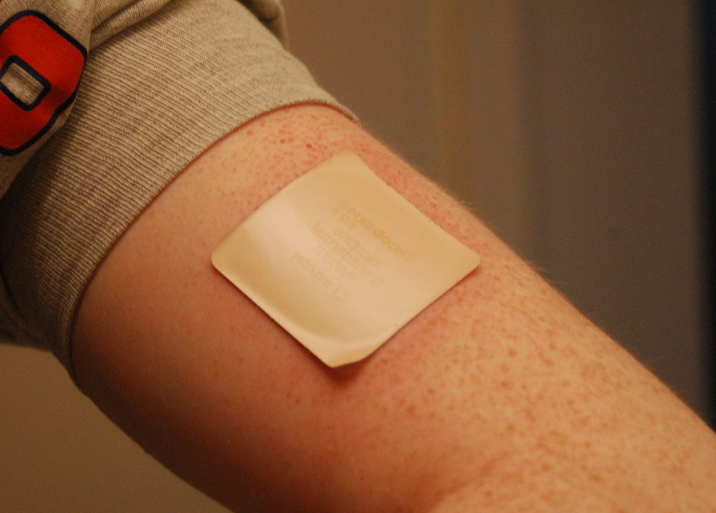Pain that prevails for more than a couple of months is called chronic pain. There are some types that cannot be cured. However, you can use some treatments that can relieve the pain. Transdermal drug delivery is referred as the non-invasive delivery of medicines. The use of patches for pain relief is gaining fame. When these patches are applied to the skin, they deliver the drug into the body. This has a therapeutic effect and helps in eliminating pain.
However, this idea is not new, it dates back to the 20th century. Back then mustard plasters were created for chest congestion. The use of transdermal drug delivery was revolutionized 2 decades ago by the success of nicotine patches. Since then there has been an increase in the number of transdermal patches.
How Transdermal Medicines Work
The most common way of using taking medicine is through injection or orally. Another great way to relieve pain is through transdermal medications. In simple words, the transdermal medicines are applied directly to the skin. The medication is then absorbed through the skin and enters the bloodstream. Using transdermal medicine is an effective and quick way to get rid of the pain.
Moreover, there are different forms of transdermal medicines. They include:
- Gel
- Ointments
- Cream
- Patches
There are some medicines that are can be obtained over the counter. On the other hand, there are some prescribed transdermal medications.
Advantages of Using Transdermal Medications
Transdermal medicines are more beneficial than the traditional method. They make sure the medicine is delivered to through absorption into the skin. Bioavailability is improved by avoiding to pass the hepatic metabolism.
Furthermore, the delivery of medicine is through a simple and painless process. Topical medicines are easy and controllable. These start working faster than the oral medicines. With the use of transdermal medicines, pain is relieved for longer periods of time.
The patches can be easily terminated by removing the patch. Transdermal patches for pain relief are convenient and non-invasive.
Components of the Transdermal Delivery System
The main elements of the transdermal drug delivery system include:
- Drug- the drug solution that has the direct contact with the release liner
- Release liner- it protects the patch during storage and is removed before using
- Adhesive layer- this is for keeping all the layers together and helps in sticking to the skin
- Membrane- it controls the release of the drug from reservoir
- Backing laminates- this helps in protecting the patch from environment
- Permeation enhancers
Types of Transdermal Patches
There are various types of transdermal patches. Some of them are as follows:
Single-layer Adhesive Patch
This patch has an adhesive layer that keeps all the layers together. With the help of the adhesive layer, it can easily stick to the skin. The adhesive layer releases the drug into the body.
Multi-layer Adhesive Patch
The multi-layer patch has 2 adhesive layers that release the drug. One of the adhesive layers is for instant release of the drug. While the other layer is for controlled release of the drug.
Reservoir Patch
The reservoir patch has a separate drug layer, liquid compartment. This contains the drug solution between the backing layer and rate controlling membrane.
Matrix Patch
This patch has a drug layer that is semi-solid. It holds the drug solution distributed within the polymer pad. This pad has the direct contact with the skin. The adhesive layer of the patch is surrounded by the drug layer.
In the end, the transdermal medications are more commonly used in recent times. In the case of pain, the patch prevents and treats the pain. The patches have been used for many years for chronic nociceptive pain.
DISCLAIMER: The medical information on this site is provided as an information resource only, and is not to be used or relied on for any diagnostic or treatment purposes. This information is not intended to be patient education, does not create any patient-physician relationship, and should not be used as a substitute for professional diagnosis and treatment.

